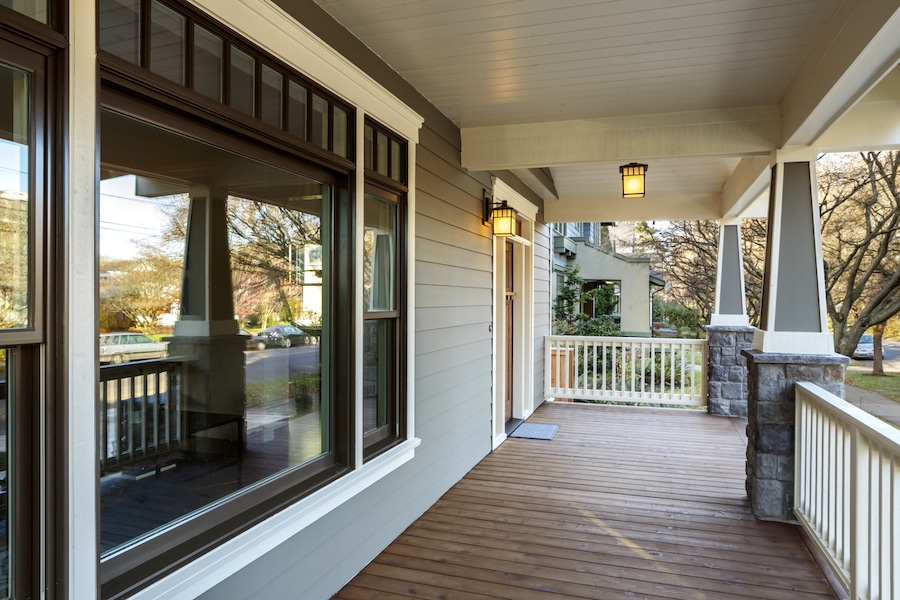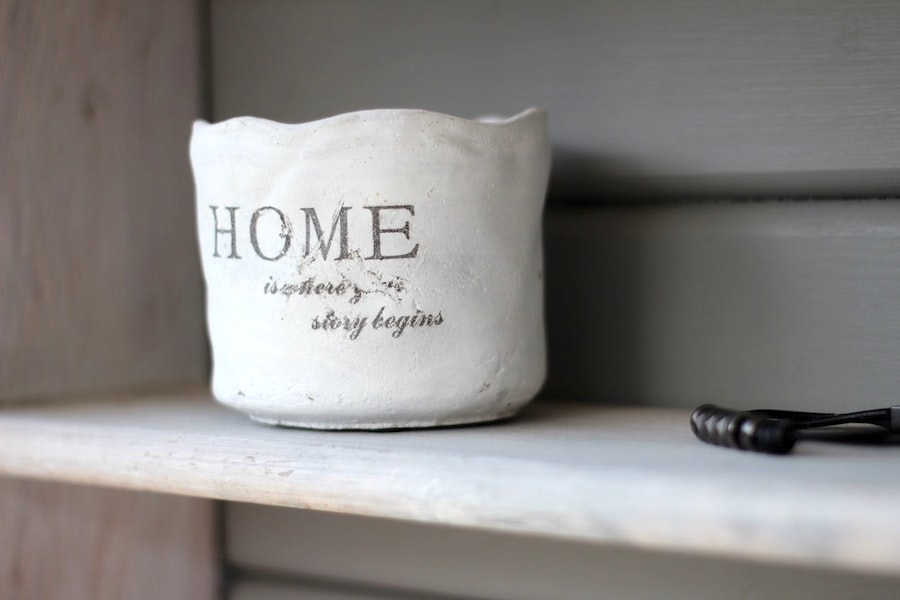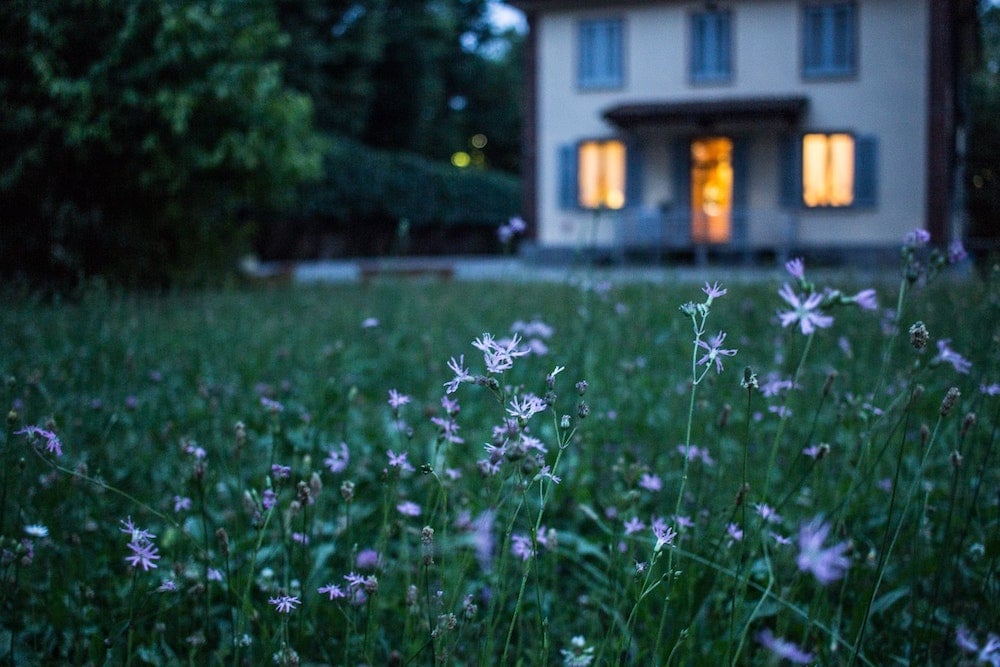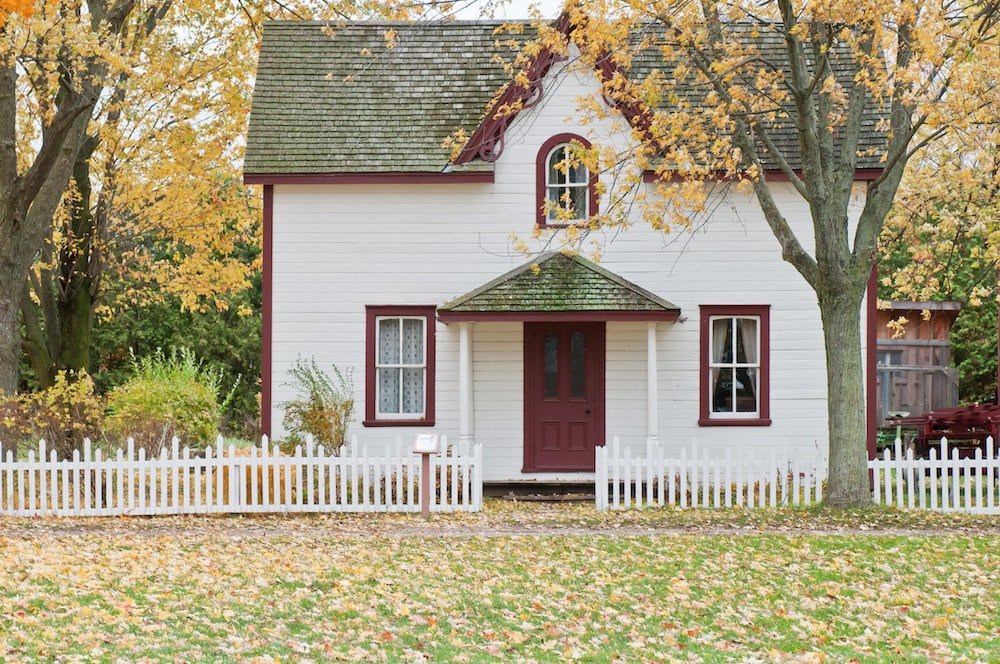
We all envision our dream home. Three stories high with a clear view of the mountains. A sprawling flat in the middle of a vibrant city. Wrap-around porches with a neighborhood vibe.
When it’s time to invest in our dream home, many homebuyers ask the same question: should I build or buy a house?
Deciding whether to build or buy a house in 2022 comes with challenges, for sure. Rising mortgage rates and inflation make it difficult to predict the housing market. What’s more, the pandemic has caused a bottleneck on supplies, materials, delivery, and even labor.
What about financing? Getting pre-approved for a mortgage is the best first step, whether you’re buying a house, buying land, or starting to build.
Financing a mortgage to build your dream home in 2022 could feel complicated compared to buying a house that’s for sale. But building a home has advantages that might make the payoff worth the extra effort.
If you’re deciding whether to build or buy a house in 2022, these considerations can help you cross the finish line.
Benefits to Building a Home in 2022
1. Avoid the bidding wars and housing market competition.
Okay, let’s face it—you could end up in a bidding war for the best contractors in the area. But when you decide to build a home, you get to set the timeline and plan construction around your lifestyle. You won’t have to worry about losing out on a bid or making an offer on the perfect home only to watch it slip away.
If housing prices in your desired location are jumping up, you can rest secure. Whether the housing market shifts or not, you won’t have to worry about the competition. Your dream home could already be in construction with financing secured.
2. Build a custom home to fit your lifestyle.
This is obvious but worth mentioning. When you buy a house in 2022, there might be fifty things you want to change about the house the minute escrow closes. Updates and changes require more financing and more decisions.
Building your own home allows you to create every detail. Face the master bedroom toward the night sky, dual fireplaces in the living room, or build out a home office to include every tech tool.
You can build a home in 2022 to fit your lifestyle, your work, your family, and your future. It’s also a smart move to get financing approved early to keep things moving forward.
Talk to a mortgage advisor right away if you plan to build a custom home. An experienced mortgage advisor can start the process quickly and help you lock in the lowest rate possible. What’s more, they’ll uncover hidden opportunities and customize mortgage financing to meet your immediate and long-term financial goals.
Use this mortgage calculator to see how much you can afford
Drawbacks to Building a Home in 2022
1. Be prepared for delays and extra costs, especially in 2022.
Deciding to build a home can be unpredictable along the way. It’s normal to expect delays in construction or supplies. The downside is that you may need to rent longer than expected or live somewhere temporarily that isn’t convenient.
Along the same lines, you may face challenges with contractors or suppliers. Again, be prepared to address delays and be flexible. There will be times you’ll need to operate as a project manager, and other times it will help to stay adaptable.
Be prepared to face shortages and change orders as a result of the current supply change shortages across industries.
In 2022, there are still a lot of logistics out of everyone’s control—delays in shipments, distribution and deliveries, manufacturing, and production. There is almost no industry that remains untouched by the pandemic.
Find a qualified local mortgage advisor
2. It can be difficult to estimate the cost to build your dream home.
You can search average construction costs via zip code across the country, as most new construction is priced per square foot. The finish work and details will vary dramatically though, so be sure to consider the following:
- General Construction (avg. price per square foot)
- Plot / Land – market rate for the area
- Level / Clear the land
- Foundation
- Framing
- Plumbing, HVAC, electrical
- Exterior – windows, roofing, driveway
- Interior – bath/kitchen, flooring, cabinetry, appliances
- Landscaping – soft scape, plants, patio, pool, kitchen
- Blueprints – design and architectural
- Building permits
Costs will vary widely depending on your style, quality of materials and preferences. Labor costs can also vary greatly based on who you hire.
3. Change orders can cause costs to escalate.
Even with contracts in place, costs can grow out of control if you’re not careful. New materials, change orders, and requesting updates along the way can run up the costs quickly. You’ll have hundreds of decisions to make along the way, from architecture to design elements to textiles and finish work.
Try to work through the entire project ahead of time and be as detailed as possible.
For example, changing out kitchen cabinets or flooring midway can cause costs to increase dramatically.
Be careful not to over-extend beyond approved financing or get too far into a project that’s beyond your budget and timeline.
Pros and Cons: Buying a Home in 2022
PRO: Buying a home is a straightforward process.
Buying a home in 2022 is much easier than building a home. The costs and fees will vary based on the area, but getting a fast pre-approval for a mortgage can help you stay competitive. High-cost areas are still very competitive, so be patient in your search and talk with your realtor about the best strategies.
The upfront costs are fairly standard. And getting a mortgage pre-approved can relieve stress, so you don’t have to worry about financing falling through. In general, the upfront costs to buy a house are predictable:
- Earnest money down
- Down payment
- Mortgage points (if applicable)
- Property taxes
- Private mortgage insurance (if down payment is < 20%)
- Homeowners insurance
- Closing costs (loan fees, mortgage points, appraisal, title insurance)
RELATED: Talk with a local mortgage expert to get preapproved for your best mortgage
PRO: Move-in schedule is predictable when you buy a home.
Typically, escrow closes on a new home within 30-45 days. Often this means new homeowners can move into a new home in less than 60 days from the day an offer is accepted.
Scheduling the move to a new place can be a lot of work, but it’s a sprint to the finish line.
RELATED: Learn the Truth About No-Closing Cost Loans
CON: Immediate repairs or maintenance may be required.
The professional home inspection may have alerted a number of projects that will need to be taken care of once you’re the new owner. You may need to consider costs for repairs, maintenance, or upgrades that are needed right away. The home may have structural damage or simply design elements that you don’t like.
CON: Outdated electrical, plumbing, or HVAC may need updating.
When you buy a house, it may have outdated electrical or plumbing. Insurance rates will most likely be higher for an older home, especially if it’s not energy efficient.
Once you start making updates, contractors may uncover older details that need to be brought up to code. This could result in additional costs and work that you didn’t expect to take on.
RELATED: Top 7 ways to increase the value of your home in 2022
Next Steps
If you’re deciding whether to build or buy a home in 2022, take time to consider the pros and cons in the face of today’s economy. Think about your lifestyle, how you’ll prepare for the unexpected, and what type of mortgage you want. Connect with a local mortgage advisor to discuss your goals. The right home loan can help you build financial security and save money on your mortgage. We’d love to help.



